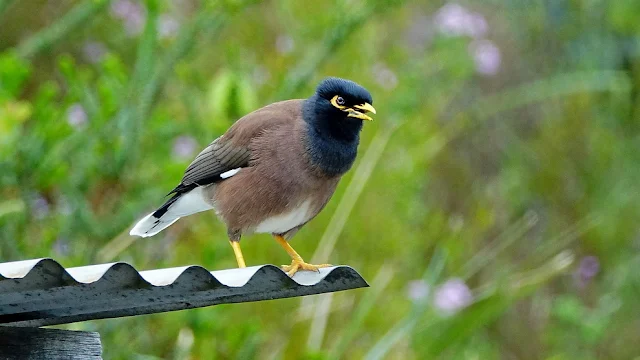Just like we use the internet to communicate, it is now agreed that trees use a complex underground network to make contact with other trees and their surroundings.
 |
| The trees are 'talking' |
An underground network of mycorrhizal fungi connect with the roots of different trees and other plants. Most fungi have the majority of their organism underground. The mushroom we see is a very tiny part. In the soil, a network of tiny thread-like roots called the mycelium exists in symbiotic relationship with the roots of trees – a mutualistic connection is made between the two organisms.
 |
| Mycelium hyphae |
Through photosynthesis, trees produce food sugars which they can share with the fungus. At the same time, the fungus can absorb nutrients from the soil which it can share with the trees.
The mycelium network of fungi is able to transfer nutrients between trees and other plants.
 |
| Credit: ecowatch.com |
It is now believed that trees can use the fungi network in the soil to ‘tell’ each other when they are sick or under attack from pests. Individual trees can send chemical signals to warn its neighbours via the fungi mycelium.
There is even some evidence that hub or ‘mother’ trees can protect and foster the growth of their seedling offspring through the fungal network in the soil.
Next time you are in patch of forest, you might like to consider just how all the plants and other organisms are interconnected by the wood wide web.
Further Reading:
You Tube video LINK. Suzanne Simard, Ted talk, “How trees talk to each other”
BBC Earth LINK. “Plants talk to each other using an internet of fungus”
Smithsonian Magazine LINK. “Do trees talk to each other?”






